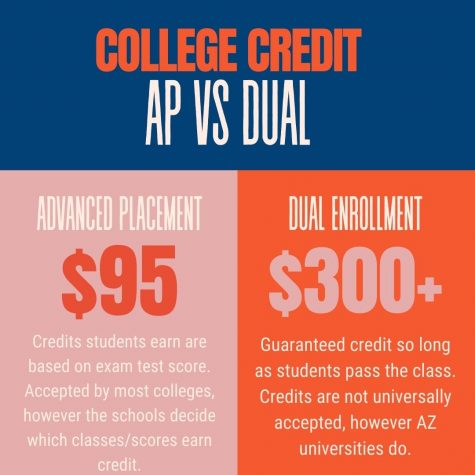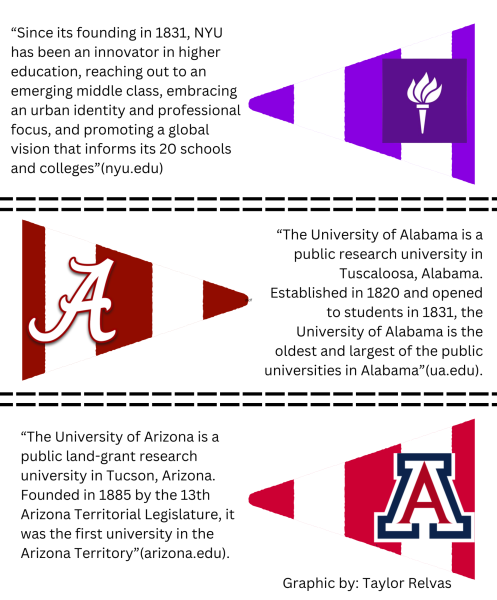STEM students should not be required to take AP tests
Freshman waiting to take their AP World History exam. For many, this is the first AP test they will ever take.
It’s eight AM, students have been excused from their classes, and they’re all crowded in the gym hallway. There’s an excitement in the air, but they’re not happy. They’re about to take an Advance Placement exam. In three hours, a whole year of painstaking work will be tested, deciding if the students should earn college credit for the course.
Chances are, if they are STEM students, they’re taking the tests against their will. Of all the requirements for students in the STEM program, one of the worst is that for every AP class taken, the students must take the test. This is a ridiculous rule that often results in a waste of time and money for the students involved.
AP testing has its merits, “…college credits are super expensive; therefore, attaining the credit in high school via the AP test is of great benefit to a family”, Fred Mann, the STEM guidance counselor explained. This is true, however, there are other options for earning college credit.

On the first day of AP classes, teachers almost always discuss the “gamble” of taking AP tests versus dual enrollment (see the image at right for more info). If students opt for dual enrollment, they are guaranteed to earn college credit for that class (as long as they pass).
Unfortunately, by STEM requirements, dual enrollment students still must pay upwards of $500 to take AP tests as well. Essentially, they are paying to possibly earn credit that they already have. This not only leads to a waste of money but also tacks on unnecessary stress. These students will likely pour hours into studying for the tests even though they do not need to pass it.
Advanced Placement credits often have certain conditions or stipulations attached to them that can render the credits useless. This means a student can study and prepare, earn a five on the exam, and still come up empty-handed in college. While AP credits are somewhat more universally accepted, students who opt to take dual enrollment have likely planned for the future and know exactly where and how they will use their credits. They know what credits in-state universities accept and want to save both time and tuition money. Why should these students be punished for planning ahead?
At many of the top schools that STEM students aim for, a four or five might secure an elective credit or maybe a half credit for classes that don’t align with their degree program. For example, even if you got a 5 on the AP Calculus exam, Texas A&M will not accept that credit for engineering majors because they want engineering students to learn their version of calculus. Once again, if a student knows that the credit earned from an AP test will not benefit them in college, why should they bother spending money and effort on it?
Because students acknowledge the waste of time and money associated with taking AP tests, STEM students will strategically choose non-AP classes just to avoid that dreadful test.
Requiring students to take the test does reflect well on the school and can help Perry move up in state rankings. However, if students are forced to take five high-stakes tests in the same week, they will opt not to try on certain tests, resulting in lower test scores. In other cases, students are stretched thin studying for all tests instead of the ones they actually care about.
Forcing STEM students to take AP tests is a waste of time and money for students. If the school wants to see better scores and more passionate students, it would benefit them to drop this requirement.

Lindsey is a high school senior and is in her third year of newspaper. She is the Double Truck Editor and covers running and food reviews. She loves long...








